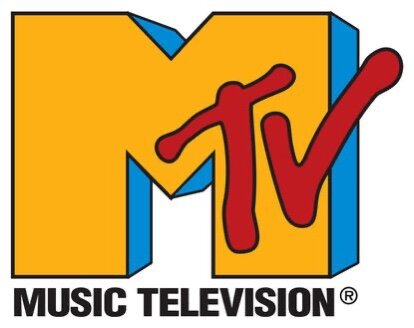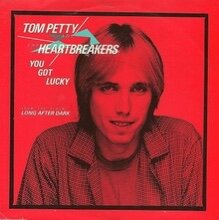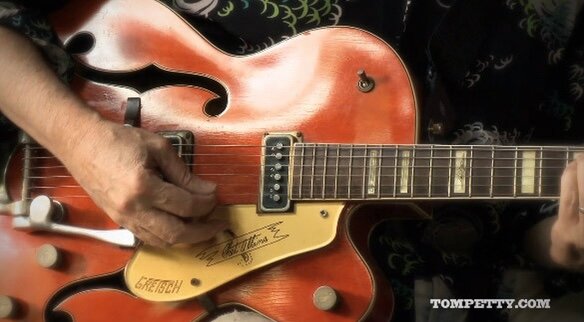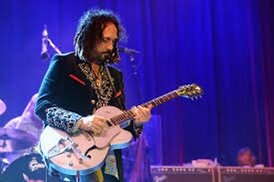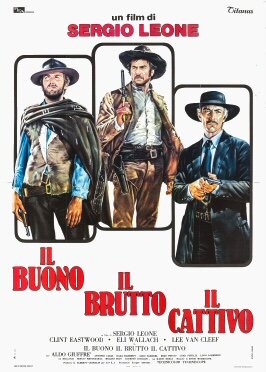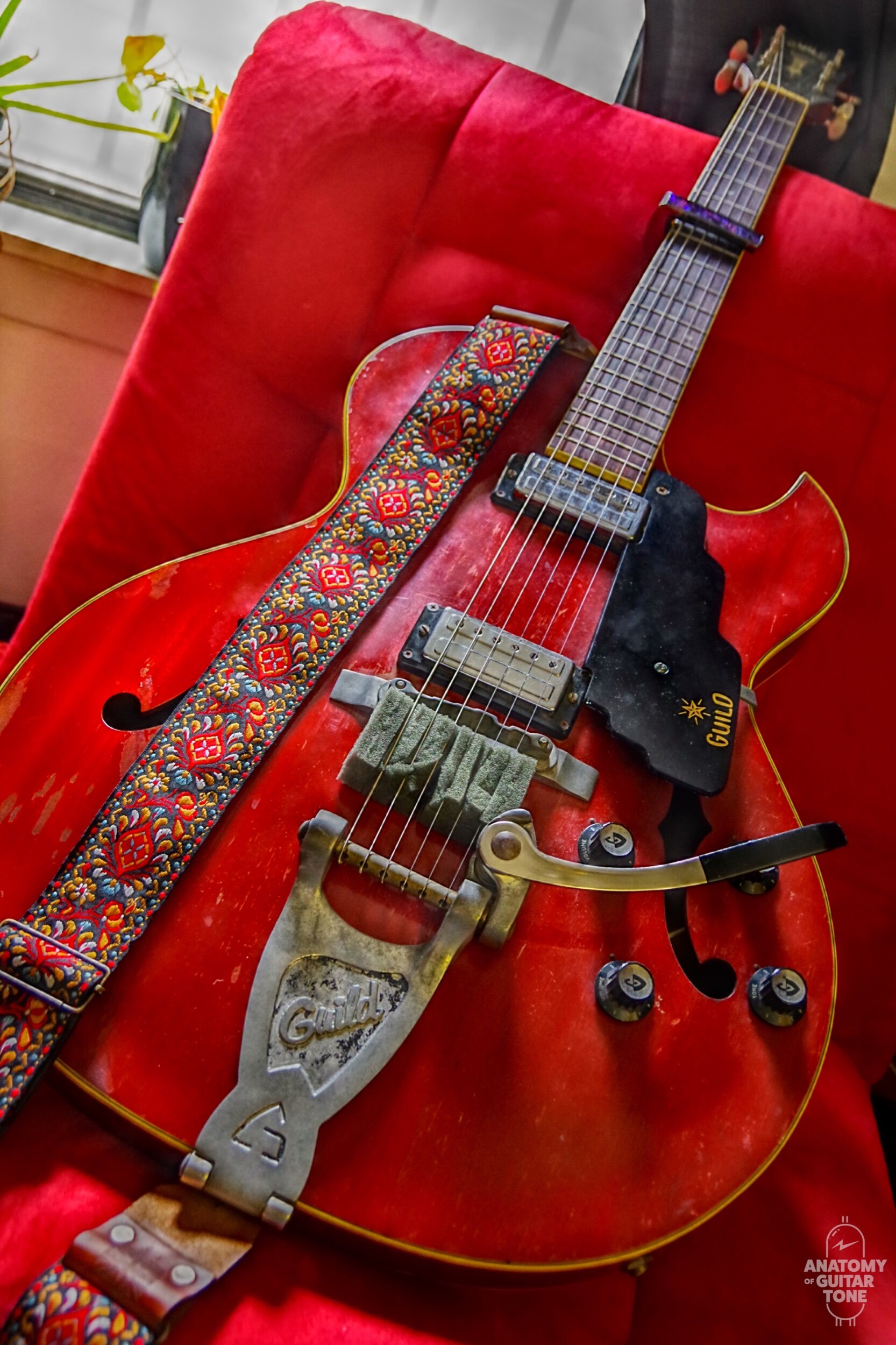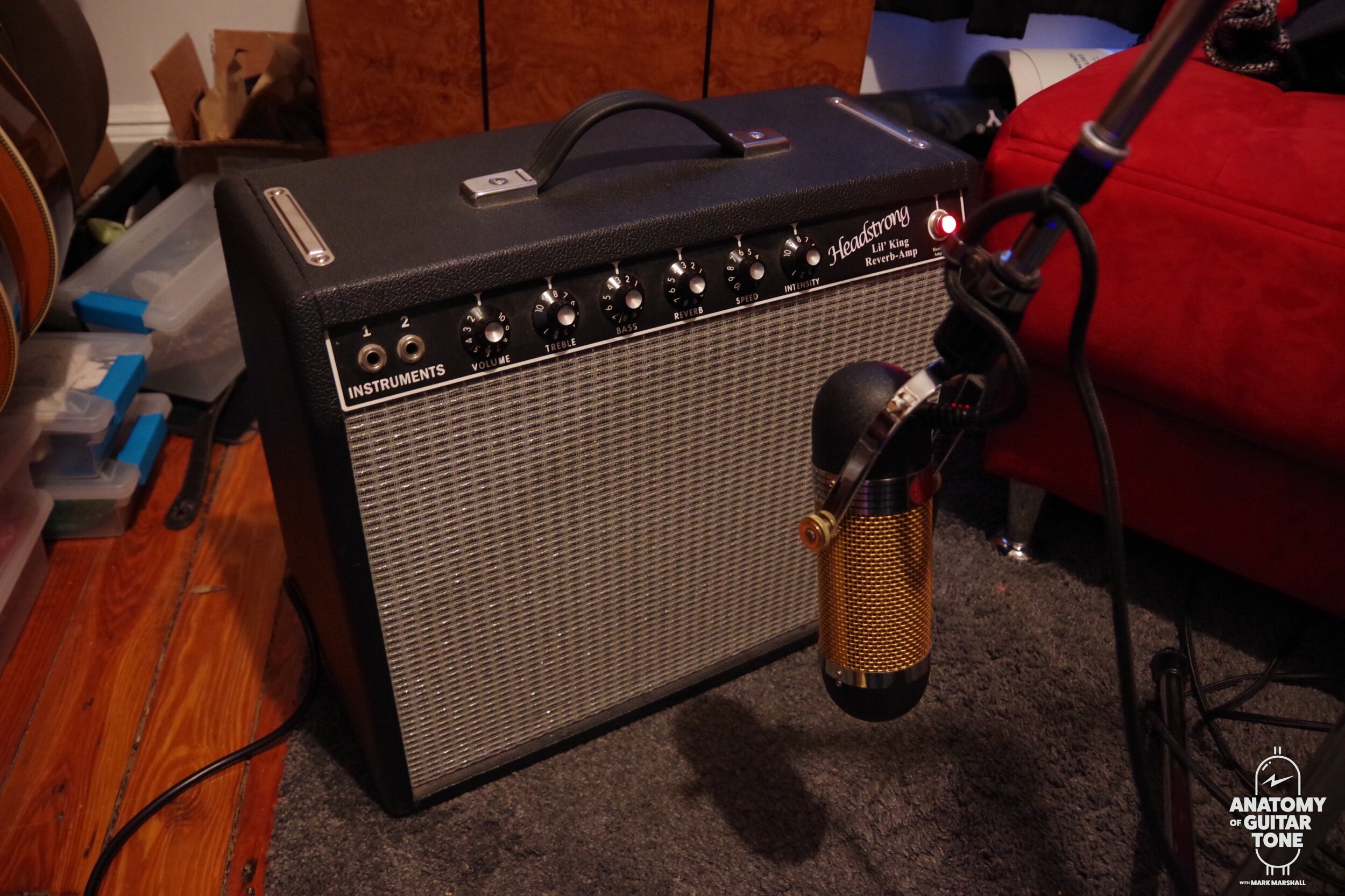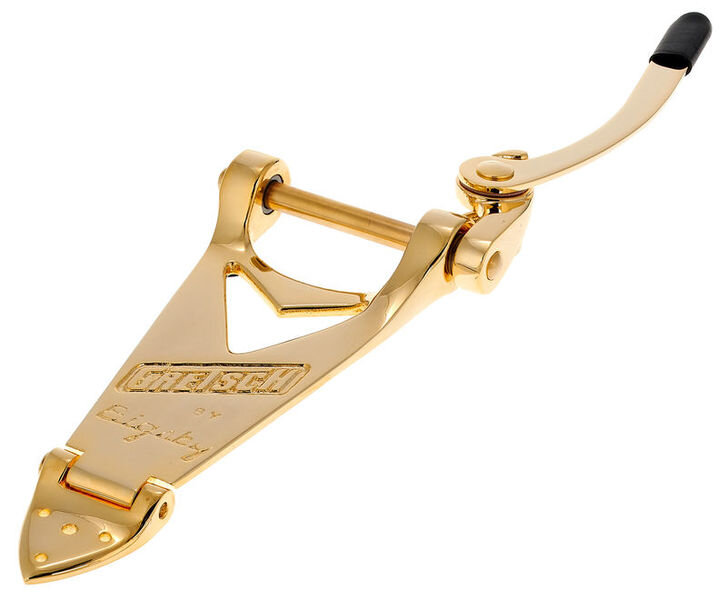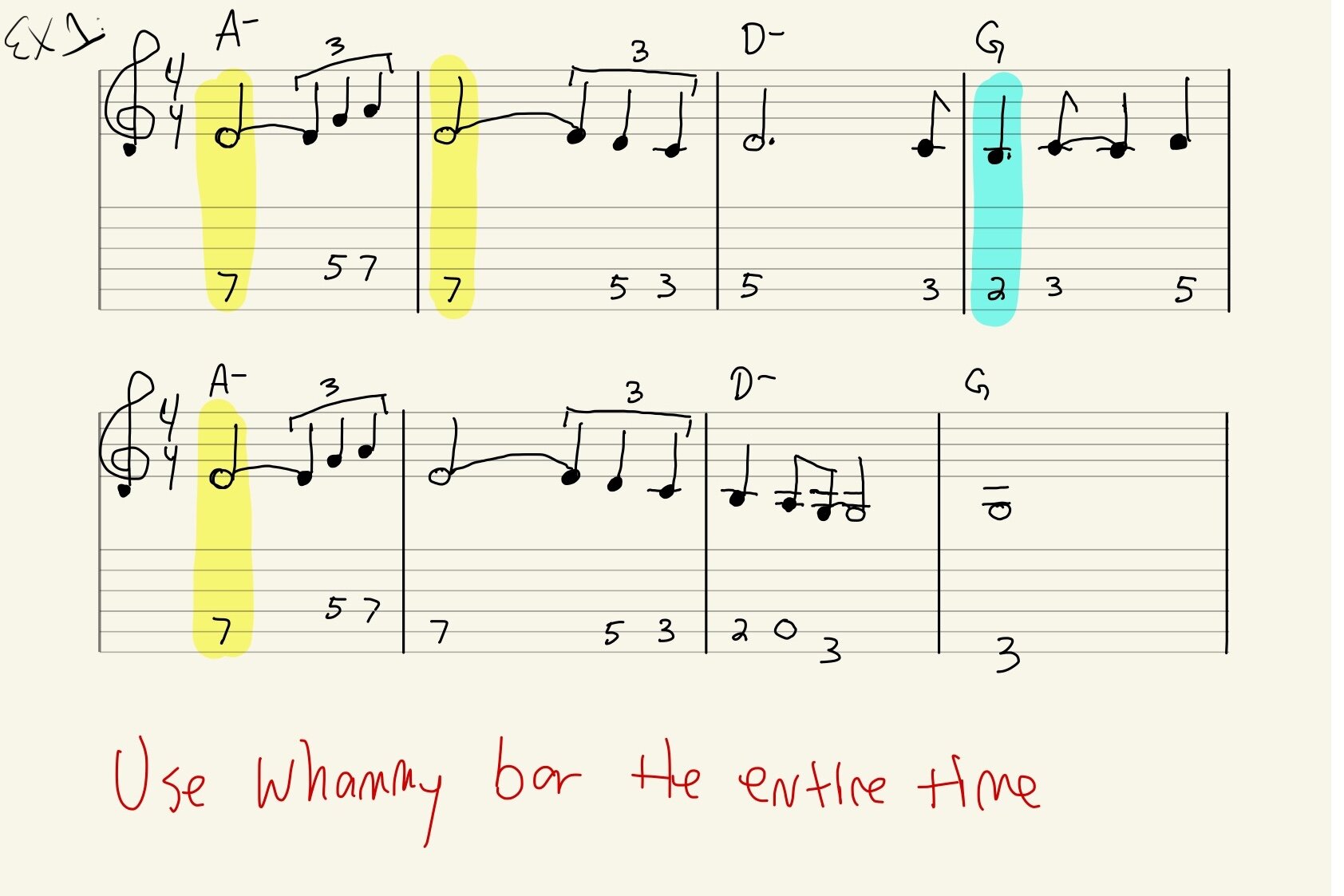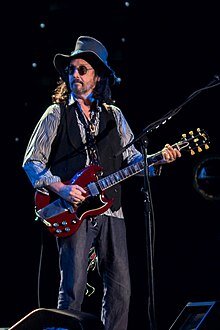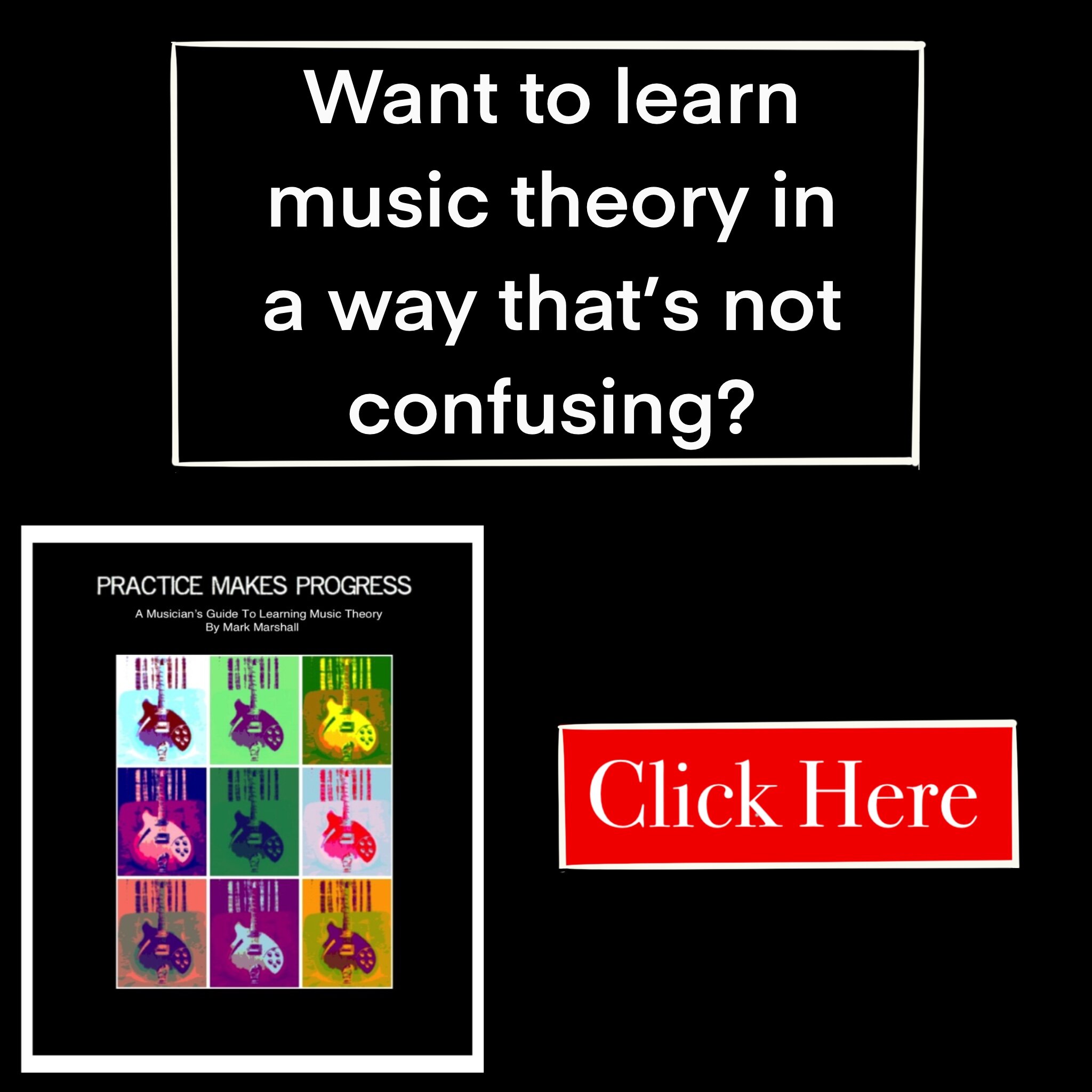Guitar DNA: You Got Lucky by Tom Petty and the Heartbreakers
I grew up in the era of Tom Petty. The Heartbreakers’ music was a part of my life soundtrack as soon as MTV went live. It’s hard to pick a favorite song from Tom Petty’s catalog. Tom’s music went through various sonic journeys, just as we do in life.
It’s funny looking back and realizing the things that inspired you before you knew you were being inspired. Or the tastes you developed before you were cognizent of them.
The era of Tom Petty was also the era of Star Wars. I can remember going to Return of the Jedi in the theater. Reflecting on that era now, I realize the sci-fi element was an attraction to one of my favorite Tom Petty and the Heartbreakers songs, “You Got Lucky.”
The video was largely inspired by the Mad Max movie series—specifically, the 1981 sequel, The Road Warrior.
“You Got Lucky” appeared on the Heartbreakers Long After Dark record. The video premiered on MTV in October 1982. From the moment the video starts, there is a vibe. The air of a song and its video don’t always line up to lovely.
The sound and look seemed married, even if the lyrics didn’t match the video. This was the power of music video. The visuals often gave the music a very different meaning from what the lyrics might be saying.
If you listen to the lyrics, you’ll notice it’s a breakup song.
You put a hand on my cheek
And then you turned your eyes away
If you don't feel complete
If I don't take you all of the way
Then go
Yeah, go
But remember
Good love is hard to find
Good love is hard to find
You got lucky, babe
You got lucky, babe
When I found you
Reeled in
I loved the look of the video and the opening synth and drum loop. I was and still am completely in love with the low melodic line Mike Campbell plays using a Gretsch with a Bigsby vibrato bar. The main melodic figure that can also be heard on the synth had so much swagger.
The guitar part has a bold personality—a tone and style of playing that’s almost rebellious. It’s not a lush arrangement. That allows the guitar to really pop. And it does!
I think that for any musician, including guitarists, there is a collection of ideas or sounds that make up the core of their musical DNA. As developing guitarists, we are always adding to that DNA through our research and development. Some ideas come and go over time. But some ideas and sounds stay with us for life.
“You Got Lucky” is one of those riffs that has stayed with me. That character who inhabits the notes of that song is my fantasy of myself in a post-apocalyptic universe.
From the source
Here is an excerpt from in interview Campbell gave to Guitar Player in August 1986:
“The solo in the middle of "You Got Lucky" [Long After Dark] was Tom's idea. We had the track pretty well finished, and we wanted to put some sort of unique solo on there. He said, "Why don't you do something like a Clint Eastwood kind of thing with the vibrato?" I call that my rip-boing technique [laughs]. It's just rocking the old vibrato as I play the solo. On occasion, Tom has a part in mind; he may sing it. But most of the time, we just wing it on the solos and hopefully land something that's spontaneous.”
The Clint Eastwood guitar they’re referring to is the compositions of Ennio Morricone. Ennio wrote the music behind what became known as spaghetti westerns.
Reflection
The use of electric guitar is quite unique in the spaghetti westerns. The most popular ones seem to feature guitar or fuzz guitar in rather sparse sections.
But, to my knowledge there isn’t any usage of this style of vibrato arm in the spaghetti westerns. There is vibrato, but not to this aggressive of an application. Mike took the idea and expanded on it. Which should be the goal of all guitarists. Build upon your influences. Be creative.
The Good, The Bad, and The Ugly spaghetti western
But we should also take note of surf music. We can trace Mike Campbell back to Ennio Morricone, Ennio back to surf music.
Surf artists such as the Ventures used plenty of vibrato arm . We’re all links in the chain: I also have a deep appreciation for surf music. Even before I knew what surf music was, I was attracted to the tone, melody lines and... use of the vibrato bar! So it’s not really a surprise that I love the “You Got Lucky" guitar solo so much.
It’s entirely possible Campbell was giving a nod to early electric guitar innovator Duane Eddy. Duane Eddy’s songs “Rebel Rouser” and “Forty Miles of Bad Road” were two guitar instrumentals that created waves. It only takes one listen to hear how the country-twinged low string sound of Duane Eddy influenced surf artists like the Dick Dale and the Ventures.
Got Tone?
There is roundness to the guitar in surf music that I find appealing. It’s a clean sound with a slap back echo. To my ears, it sounds like a tape echo.
Although you can imply this clean tone with a lot of guitars, you’ll come closer to it with a semi-hollow or hollow-body guitar. A Gretsch Country Gentleman is ideal. I use a 1964 Guild Starfire III with a Bigsby.
I’ve had great success running my hollow-body Starfire into either a Vox AC15 or a Headstrong Lil’ King. I like to add an Effectrode PC-2A tube compressor into my chain. I find it rounds out the tone even more. I’m compressing very little.
The studio
For miking, I like to use a ribbon or combine a close and a room mic. I don't place the room mic far back—just several feet. I want to blend this with a closer mic to give a little more depth.
It’s hard to know what they did to exactly capture this tone. I’ve researched it a lot, but I’m also aware that because mediums have changed (people used to record to analog tape), we sometimes need to adapt our methods. For instance, I may have to do more work in the digital format to make it sound right.
Bigsby Tremelo
A lot of the ‘tude lies in the expression of the performance. Campbell has a very particular attack on the strings. The real star is the vibrato bar. He’s very aggressive in his use of vibrato. Where a lot of players gently wiggle the Bigsby, Mike digs in, making it sound more like an effects pedal.
I think Mike wanted the wildness of the Bigsby. Where every bend of the note is imperfect. The result is slightly out of control. Tremolo or vibrato circuits have an evenness that sounds safer.
Theory
My attention was also sparked by the harmony of the line. The starting note of the phrase is an E.The chord underneath is A minor.The starting note is the 5th of the chord.
Starting a phrase on the 5th of the chord in a lower octave is a very bold flavor. One I really like. As you’re learning guitar, it’s good to notice these melodic points of interest. You will collect musical ideas over time that become your own musical gumbo. For me, this low octave 5th of the chord is in my guitar gumbo.
Ex1:
Starting a phrase on the 5th of the chord in a lower octave is a very bold flavor. One I really like.
“You will collect musical ideas over time that become your own musical gumbo.”
You will collect musical ideas over time that become your own musical gumbo. For me, this low octave 5th on top of the chord is in my guitar gumbo.
I would also like to take a look at bar 4. We can see the starting note is B. The chord accompaniment is G major. This means the melodic note Mike is playing against the G chord is the major 3rd. This can also be a bold flavor especially in the lower octave.
“My two biggest melodic takeaways are making the destination (starting or ending note) of the phrase the 3rd or 5th of the chord in the low register of the guitar. ”
My two biggest melodic takeaways are making the destination (starting or ending note) of the phrase the 3rd or 5th of the chord in the low register of the guitar. That would be a recipe to inject a little bit of the “You Got Lucky” flavor into your music.
I would also like to mention that if we listen to the melody Tom Petty is singing in the verse, we can hear he starts by singing an E note over the A minor chord.
Vocal melodies are a great place to use as a springboard for solos!
Position
Because middle C exists in more then one area of the guitar neck, figuring out fingering positions can be a little tricky. I often listen to the timber of the note to get an idea of what string a note is being played on. A D note in the same octave sounds different when played on different strings.
To my ears it sounded like Mike Campbell recorded the “You Got Lucky” guitar solo using the A and low E strings.
You can of course play the same solo in first position
EX2:
But, you can hear it doesn’t sound as round and warm in 1st position..
It’s good to train your ears to the timbre of each string. Once I’m pretty certain of what strings were used, I will often check for a performance of the actual artist on Youtube. I found two different live performances of “You Got Lucky” from Tom Petty and the Heartbreakers. Mike Campbell played the solo on the low A and low E string in both performances.
Production
I touched on this earlier, but let’s explore this a bit further.
Part of the beauty of this solo is the sparse arrangement gives the guitar room to spread its sonic wings. A busier arrangement would overshadow not only the guitar tone but also the simple grace of the melody.
Your Own Path
Music research is like mining for gold. When I’m dis-assembling songs, I’m looking to see what makes them tick. I’m not looking to build a replica.
My takeaway from the “You Got Lucky” guitar solo is its use of wild vibrato, or as Mike calls it, his “rip-boing” technique, The interval relationship of the chord andstarting note and the feel also stand out as important.
In the field
I recently played on a session with artist Abby Ahmad. We’re working on a new single called “Bully.” I found myself needing a character similar to the one on “You Got Lucky.”
I didn’t use the same sound per se. I did use a slap back delay. But I used a Stratocaster and a Tonebender MKII to make the character more of a bully.
Interestingly, early in creating this solo, I wasn’t fully conscious of its origins. It was a feeling and I went with it. Those sounds are in me. I am everything I’ve been inspired by—and that’s a good thing.
I’m not playing the same notes. I’m not trying to copy Mike Campbell. I’m simply carrying on the culture of music. As Mike was in hearing Ennio Morricone—and, likely, Duane Eddy.


